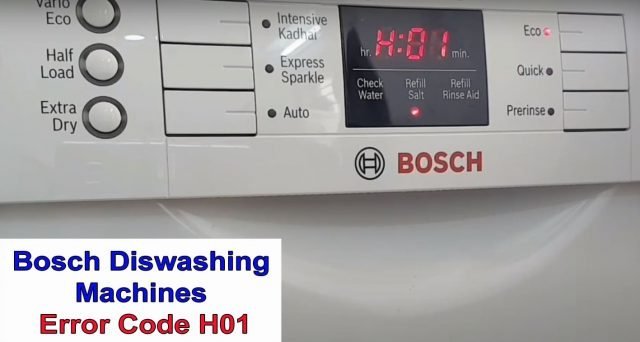
So, why does this error appear, and more importantly, how can you prevent it from happening in the future? Think of your water heater as you would a trusty automobile. Just like cars, water heaters need regular care and maintenance to run smoothly without unexpected hiccups. By understanding the common causes and taking some proactive steps, you can keep this pesky error at bay and enjoy a seamless hot water experience every day.
Understanding Error Code E1
Before diving into prevention, let’s get to grips with what error code E1 really means. You see, this code is essentially your water heater’s way of waving a little red flag. It’s alerting you about a failure in the ignition process. When you turn on your water heater, it has to ignite a flame to heat the water. If it struggles or fails to do this, it throws out an E1 error code.
Think of it like trying to start a car engine. If you turn the key and the engine just won’t catch, you know something’s amiss. Your Bosch water heater, when it shows an E1 error, is basically in a similar predicament. Typically, this could be due to a disruption in the gas supply, issues with the ignition electrodes, or even obstructions in the venting system. Just like you wouldn’t want your car to stall, you don’t want your water heater to falter either.
Understanding this code is the first step in tackling the problem head-on. You’re not just left in the dark — the water heater gives you a starting point to dig deeper. Now that you’re clued up on what E1 signifies, let’s move on to nipping these issues in the bud before they develop into full-blown problems.
Common Causes of the E1 Error Code
So, what gives rise to this infamous E1 error code? Well, just like a garden needs regular tending to avoid weeds, your water heater needs some attention too. One of the most frequent culprits is a restricted or inadequate gas supply. Your heater relies heavily on gas to ignite the flame. If there’s not enough gas or if it’s obstructed, the heater can’t do its job, leading to that annoying error popping up.
Another potential cause lies with faulty ignition electrodes. These are like the spark plugs in your car; if they’re dirty or worn out, the ignition process can falter. Similarly, blockages in the venting system can prevent proper air circulation, which is critical for combustion. Imagine trying to breathe through a straw — it’s tough, right? Your water heater struggles in the same way when vents are clogged.
Understanding these causes helps in addressing them directly. By being proactive, you can avoid the stress of the error code appearing just when you need hot water the most.
Preventive Measures to Avoid Error Code E1
Here’s the deal: prevention is always better than cure, and taking some simple steps can save you from a lot of hassle. First off, ensuring a steady and proper gas supply is crucial. Have your gas lines checked periodically to ensure there’s no leakage or obstruction. It’s a bit like making sure your pipes at home aren’t clogged, ensuring everything flows smoothly.
Next, give your ignition electrodes a little TLC. Regular cleaning and occasional replacement (if necessary) can keep them in good shape. It’s similar to changing your car’s air filter to keep it running efficiently. Also, don’t overlook the venting system. Ensure it’s free from any blockages or debris to allow proper air circulation. Regular inspections by a professional can help spot potential issues before they escalate.
Lastly, consider scheduling an annual service check-up. Think of it as a health check for your water heater. A professional can spot and rectify minor issues, ensuring your Bosch water heater remains in peak condition.
What to Do if the Error Still Occurs
Sometimes, despite our best efforts, error code E1 might still rear its ugly head. It’s like that stubborn cold that lingers longer than you’d like. So, what next? If you’ve done all the preventive maintenance but still face the issue, it could be time to call in the professionals.
A qualified technician has the expertise to diagnose and resolve complex issues that might not be obvious to the untrained eye. It’s like calling a mechanic for your car; they have the tools and knowledge to get you up and running again. Trying to fix these issues yourself without the necessary expertise can sometimes lead to more harm than good.
In some cases, replacing parts may be necessary. Don’t fret — it’s a normal part of appliance maintenance, just like replacing worn-out tires on your car. Ensuring you use genuine Bosch parts will help maintain the integrity and efficiency of your water heater.
Final Thoughts
Preventing and managing error code E1 in your Bosch water heater doesn’t have to be a daunting task. With a little understanding and regular maintenance, you can minimize disruptions and enjoy consistent hot water year-round. Remember, just like any other appliance, your water heater thrives on care and attention.
By keeping a watchful eye on gas supplies, maintaining ignition electrodes, and ensuring proper venting, you stand a better chance of avoiding the dreaded E1 error. And if it does occur, don’t hesitate to seek professional help to get everything back on track. After all, peace of mind and a hot shower are priceless.